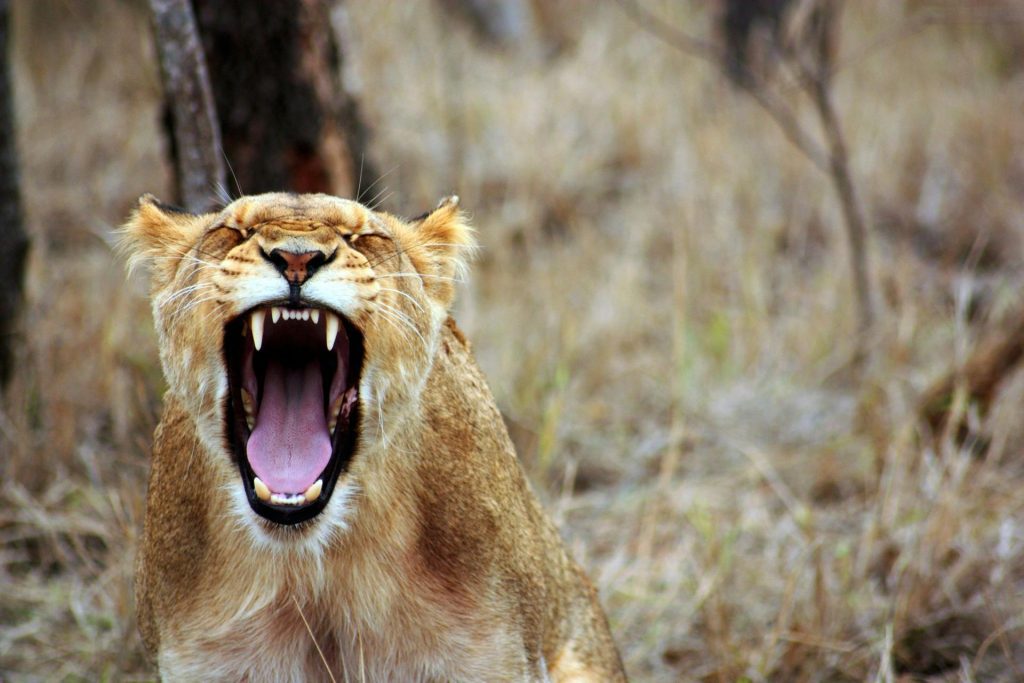Think of a world where nature thrives freely—forests expand, rivers flow undisturbed, and animals roam as they were meant to.
That’s the vision behind World Rewilding Day, celebrated every year on March 20th. It’s a global movement dedicated to restoring nature by letting it heal itself.
But what does “rewilding” really mean? Why is it so important? And how can you, no matter where you live, be part of this incredible mission?
Let’s break it all down in the simplest way possible.
What Is Rewilding?
At its core, rewilding means giving nature the space to restore itself. Unlike traditional conservation, which often requires human management, rewilding steps back and lets ecosystems recover on their own.
Here’s what it involves:
- Restoring lost species – Bringing back animals and plants that once thrived in an area.
- Reconnecting ecosystems – Removing human-made barriers like fences and dams to allow natural migration and movement.
- Letting nature lead – Reducing human interference so natural processes can restore balance.
For example, in Scotland’s Highlands, rewilding efforts have helped reintroduce species like the Eurasian beaver and increase forest cover, improving biodiversity.
The Origins of World Rewilding Day
World Rewilding Day was founded in 2021 by the Global Rewilding Alliance, a network of conservation groups working to restore ecosystems worldwide.
The goal? Raise awareness about rewilding and encourage people to take action.
Since its launch, the day has gained traction, with more countries, communities, and individuals joining the cause every year.
Why Rewilding Is Crucial for the Planet
Rewilding isn’t just about animals and trees—it’s about the health of our entire planet.
1. Restoring Wildlife and Biodiversity:
The world is losing species at an alarming rate. Rewilding brings back animals that help shape their ecosystems.
- Example: In Yellowstone National Park, reintroducing wolves restored balance by controlling overpopulated elk, allowing forests and rivers to recover.
2. Fighting Climate Change:
Forests, grasslands, and wetlands absorb carbon dioxide from the air. By restoring these natural landscapes, we can slow global warming.
- Example: The Great Green Wall in Africa—a massive rewilding project—aims to restore 100 million hectares of land, helping fight desertification.
3. Preventing Natural Disasters:
Healthy ecosystems act as natural defenses against floods, droughts, and wildfires.
- Example: In England, reintroducing beavers has created wetlands that reduce flooding and improve water quality.
4. Improving Human Well-Being:
Spending time in nature has proven mental health benefits, reducing stress and increasing happiness.
More rewilded spaces mean more green areas for people to enjoy.
How Different Countries Celebrate World Rewilding Day
World Rewilding Day is recognized globally, but celebrations vary by region:
– Europe:
- The Netherlands: Rewilding projects have reintroduced large herbivores like bison to help restore grasslands.
- United Kingdom: Cities are creating “rewilded” urban parks with native plants and wildlife corridors.
– North America:
- United States: Conservation groups focus on protecting prairies, forests, and wetlands, allowing bison, wolves, and other species to thrive.
- Canada: Efforts to protect old-growth forests and bring back native wildlife are gaining momentum.
– Africa:
- Kenya: Rewilding programs are restoring elephant and lion populations in national parks.
- Mozambique: The Gorongosa National Park, once devastated by war, is now a thriving ecosystem thanks to rewilding.
– Asia:
- India: Projects are bringing back grasslands and wetlands, which are crucial for species like tigers and elephants.
- China: The government is working to restore forests and wetlands to support biodiversity.
How You Can Support Rewilding Efforts
Even if you don’t live near a wildlife reserve, you can still support rewilding in your daily life.
Here’s how:
1. Start at Home:
- Grow native plants in your yard or balcony to support local pollinators like bees and butterflies.
- Avoid pesticides that harm wildlife.
- Reduce your carbon footprint by using less plastic, saving water, and supporting sustainable products.
2. Get Involved Locally:
- Volunteer for tree-planting projects or local conservation efforts.
- Support rewilding charities and organizations like the Global Rewilding Alliance.
- Educate your community about the importance of rewilding.
3. Support Rewilding Through Travel:
- Visit eco-tourism destinations that promote wildlife conservation.
- Choose travel experiences that contribute to rewilding efforts.
4. Advocate for Policy Change:
- Encourage local leaders to support rewilding projects.
- Push for laws that protect natural habitats from destruction.
Conclusion
Rewilding is about more than just saving animals—it’s about healing the planet. World Rewilding Day reminds us that nature is incredibly resilient if we just give it the chance to recover.
So, what can you do today? Maybe plant a native tree, support a rewilding project, or simply share this message.
Nature is waiting. Let’s bring it back to life.
